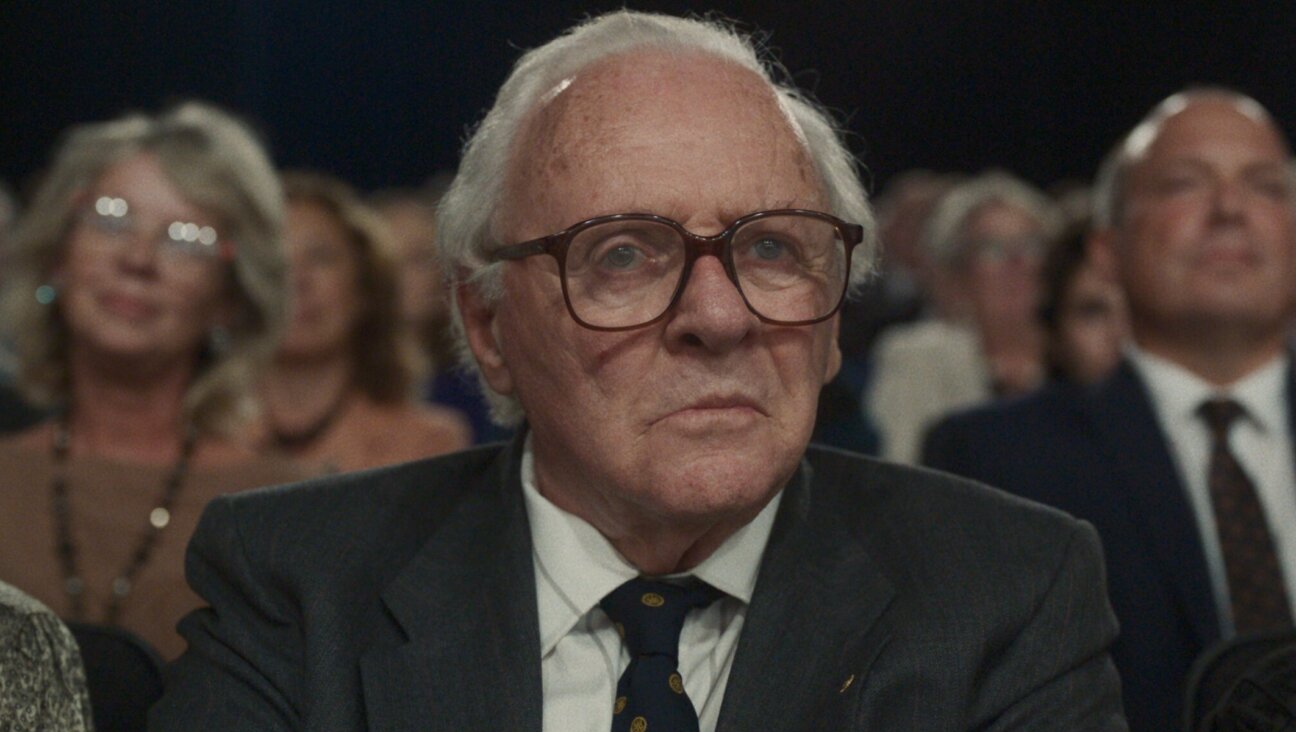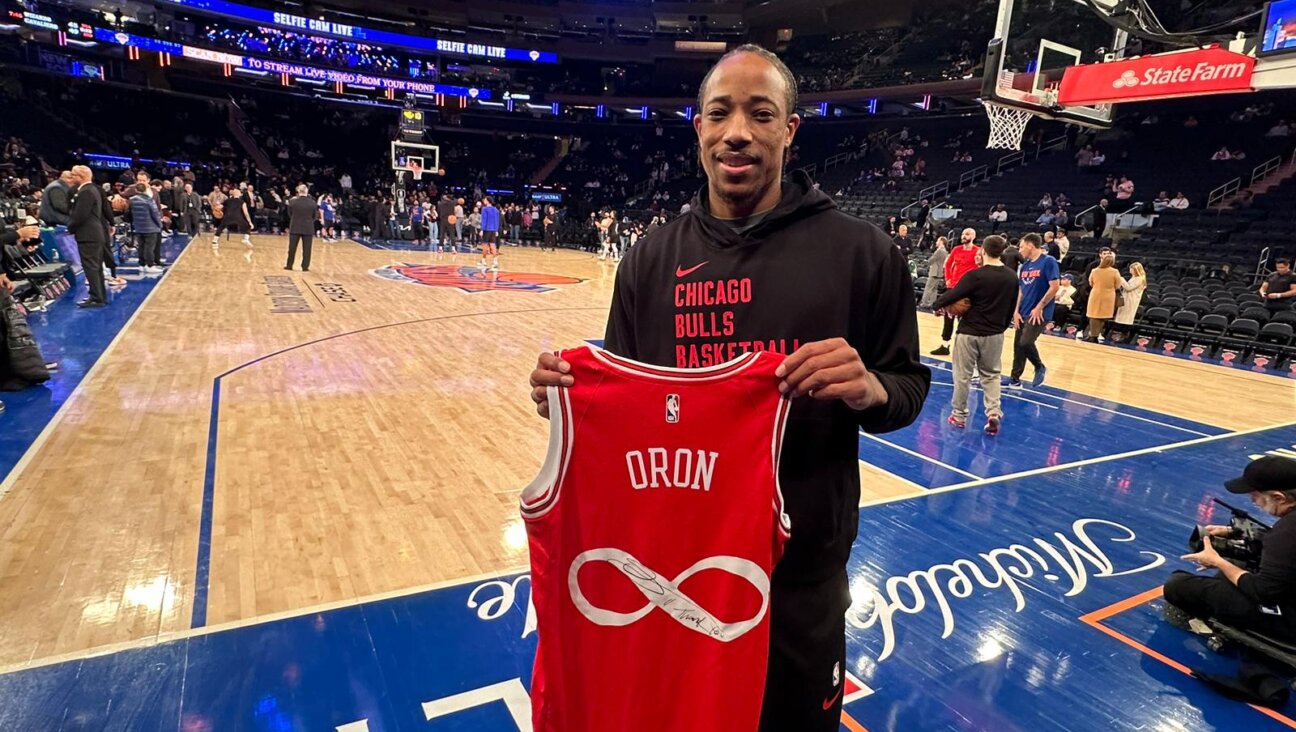How Paul Newman became the most beautiful boring man in the world
A new Paul Newman memoir reveals that there was less to the actor than met the eye
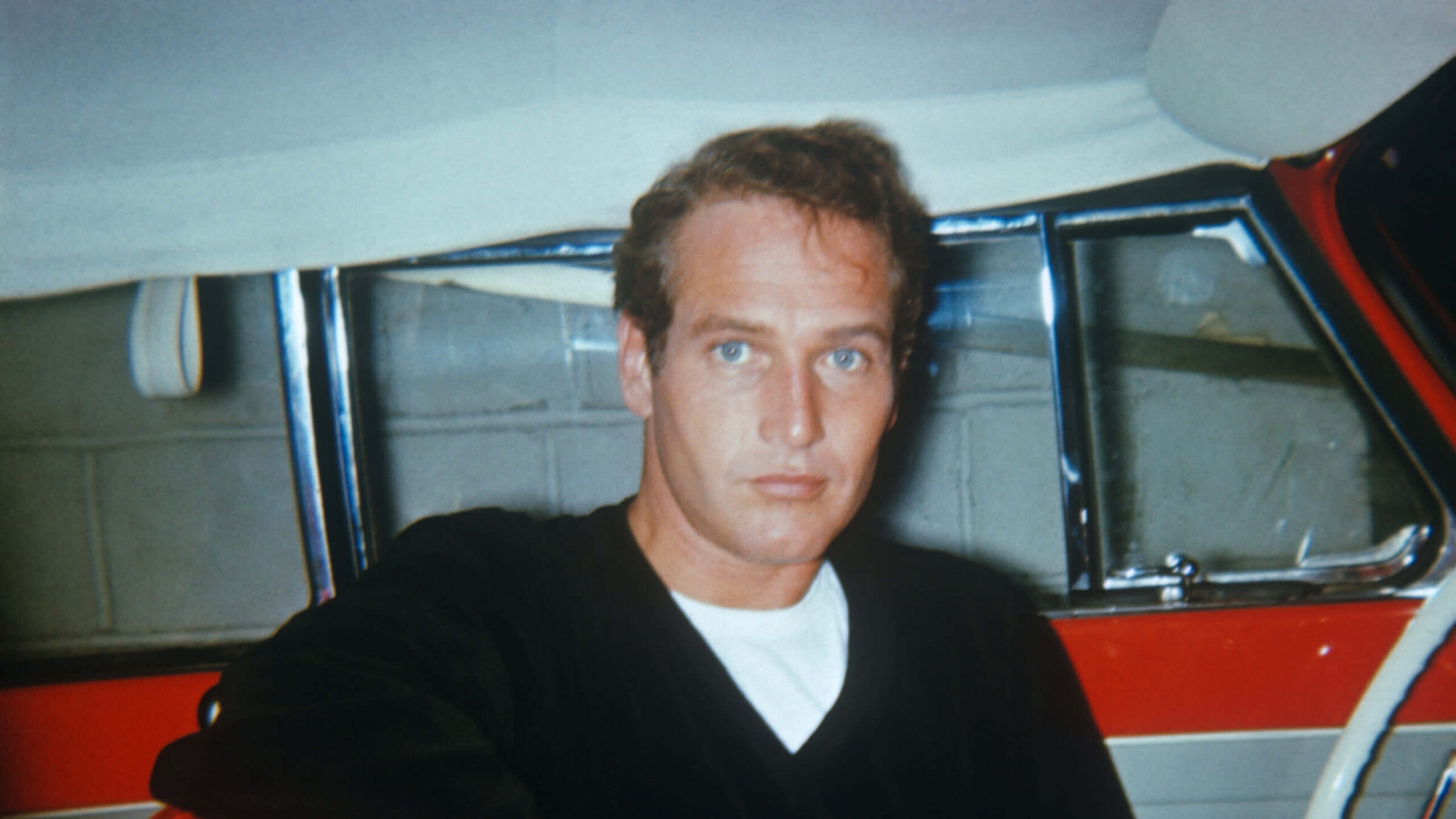
Paul Newman in the 1950s. Photo by Getty Images
The new posthumous memoir by actor Paul Newman
The Extraordinary Life of an Ordinary Man
By Paul Newman
Penguin Random House, 320 pages, $32
“The Extraordinary Life of an Ordinary Man,” a memoir assembled from hours of interviews Paul Newman recorded with his friend Stewart Stern in the late 1980s, is a boring book — fascinatingly so. I devoured it in a day, hoping for tasty morsels about the private life of a stoic movie star. What I got instead was a collection of “secrets” that feel almost totemic in their banality. Paul Newman drank too much beer. Paul Newman was an uncomfortable father. Paul Newman cheated on his partners.
And on, and on, and on — the long rap sheet he shared with millions of American men not blessed with a jawline to kill for, a perfect metabolism or an Oscar for best actor.
The iceberg, Hemingway wrote, intrigues because only a small fraction of its mass lies above water. What often gets ignored about this analogy is that the underwater part is the same as the rest; the most interesting thing about it is that it can’t be seen. Paul Newman specialized in playing average guys who just happen to be gorgeous — sometimes talented, too, but always everymen at heart. His memoir puts forward a strong theory for why: Beneath the surface, he was exactly what he appeared to be, an average guy who just happened to be gorgeous.
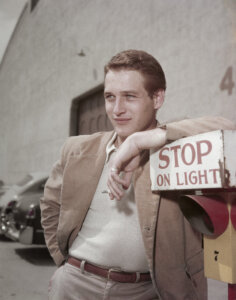
Newman is so insistent on this point that some reviewers have expressed disbelief; surely the ladykiller doth protest too much! It was especially odd to see New Yorker staffer Louis Menand (whose last book, “The Free World,” was all about how circumstance trumps personality in matters of cultural history) inventing a puzzle where there is none. Someone who lived such an extraordinary life, Menand suggested, could not have been an ordinary man — “There’s got to be more to Paul Newman than this.” What this book presupposes is: Maybe there isn’t?
The pacing seems designed to prove the point. By the time Newman appears in his first movie, 1954’s “The Silver Chalice,” 110 of 288 pages are behind us, and we’ve been treated to reams of data on an altogether normal childhood. He was born in 1925, outside of Cleveland, to a Catholic mother and a Jewish father. Judaism seems to have been a minor part of his childhood (the Newman household celebrated Christmas), though he vividly remembers being bullied for his surname while serving in the Navy in World War II.
Later, when an agent suggested he WASP-ify himself in the manner of Jerry Lewis (born Joseph Levitch) or Kirk Douglas (Issur Demsky), the memory of those antisemitic fights in the barracks, more than semitism itself, may have been what inspired him to stay plain Paul Newman. Other suggestive tidbits? He blew a chance to have sex in junior high by getting hay fever; when he was a little boy, he showed a girl named Dorothy Frances his penis and she giggled and ran away. Psychoanalysts, do your worst.
When Newman entered the Navy, he was a shy, gangly kid. He left three years later, well-built and 5 inches taller but still quite shy, and it appears to have taken him a while to realize women were looking at him differently. Newman claims it wasn’t until he met his second wife, the movie star Joanne Woodward, that he became “a sexual creature.” They met in 1953, while performing on Broadway in William Inge’s “Picnic,” and didn’t marry until 1958, when he was 33 (they slept together while he was still on wife one, Jacqueline Witte). Twenty-eight years may seem implausibly late for a sex symbol to bloom, but then, Newman always looked a little uncomfortable with his own beauty, and this was part of his charm.
His trademark way of expressing his sexuality was denying it to his onscreen partners, beginning in his first hit, “Cat on a Hot Tin Roof” — which David Thomson memorably described as that “silly film where, for some reason, he won’t go to bed with Elizabeth Taylor” — and continuing through the finale of Sidney Lumet’s “The Verdict” (1982), in which he swallows hard and turns down slinky, sinuous Charlotte Rampling. Though 20th Century Fox wanted Newman and Rampling to end up together, Lumet stood his ground, and it’s a mighty good thing — if he’d budged, “The Verdict” would still be worthwhile, but perhaps not a quintessential Newman film.
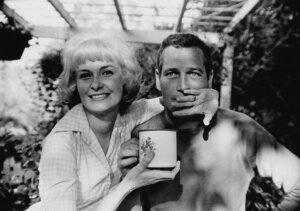
He was a colossal star while still a young man but arguably didn’t come into his own until he’d turned 50. Granted, Newman still looked young in middle age, but he specialized in characters who are a little past their prime, old-timers trying to find a little excitement in the muscle memory of old cons or seductions. One of them, Fast Eddie Felson, the pool shark he first played in “The Hustler” (1961), got him an Oscar when he reprised the part for Martin Scorsese in “The Color of Money” (1986).
The contrast with his co-star Tom Cruise is revealing. Cruise has played his share of seducers and con artists, but he never takes his mask off — the “You complete me” monologue from “Jerry Maguire” and the deathbed catharsis from “Magnolia” taste uncannily fake, even though both scenes call for authenticity. Cruise is most himself, paradoxically, when he smiles wide and embraces fakeness — in “Collateral,” “Risky Business” or the bonkers ending of “Cocktail.”
Newman was always calm and warm and reliable, even when playing a professional liar. Most of his best films end with the mask coming off: in “The Verdict,” an ambulance-chaser learns to tell right from wrong; in “The Hustler” (1961), Fast Eddie renounces hustling. “The Sting” (1973) works so well because it’s a story of two deeply untrustworthy people who trust one another completely.
That last film suggests a road not taken. Devastatingly handsome funny actors are rare — Ryan Reynolds, Chevy Chase and Paul Rudd come to mind, but not many others — and deeply serious actors who succeed at comedy are rarer (Walken? Cage?). But watch Newman’s poker scene with Robert Shaw and tell me he doesn’t have a comedic gift from God. Whenever he laughs, he shows his teeth and flares his nostrils — the handsome face comes apart a little, and you see what George Clooney was trying for in his movies with the Coen Brothers.
The hockey farce “Slap Shot” (1977) is a symphony of reaction shots; Pauline Kael had a point when she called his performance his best. In one of his memoir’s most charming moments, Newman describes pulling a prank on his director, George Roy Hill, that involved staging a car crash and convincing Hill he’d died. You read something like that — and watch “The Sting,” “Slap Shot” and maybe “Buffalo Bill and the Indians” (1976) — and wonder what might have been.
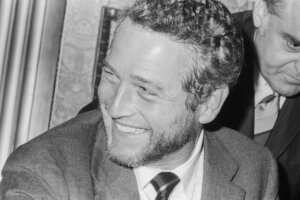
Not that there’s any reason to feel sorry for Newman in the back half of his life. He turned in notable performances in “Road to Perdition” and “Our Town,” donated large sums to charity via Newman’s Own, and discovered the delights of grandchildren. He also continued to drink too much, fight with his kids and live out a marriage with Woodward that was, inevitably, less sparkly than the fairy-tale version they’d presented to the press — lived, in other words, a garden-variety life with all the usual joys and sorrows, disguised but not fundamentally altered by money and fame.
Movie stars tend to go a little crazy as they get older (look what happened to Marlon Brando, for whom the young Newman was sometimes confused) — glamour has been their reality for so long, it’s only natural they’d be upset when it starts to go. If Newman seemed remarkably sane in middle and old age, perhaps that’s because he really was most comfortable in ordinary settings, doing ordinary things.
It’s supposed to be naïve to think that actors are like the people they play in movies, but in Newman’s case it seems more naïve to assume he must have been hiding some secret complexity — even his flaws had an almost saintly simplicity. Sometimes, a blue-eyed smolder is just a blue-eyed smolder, and what could possibly be wrong with that?

